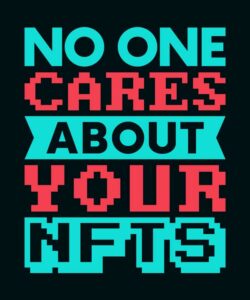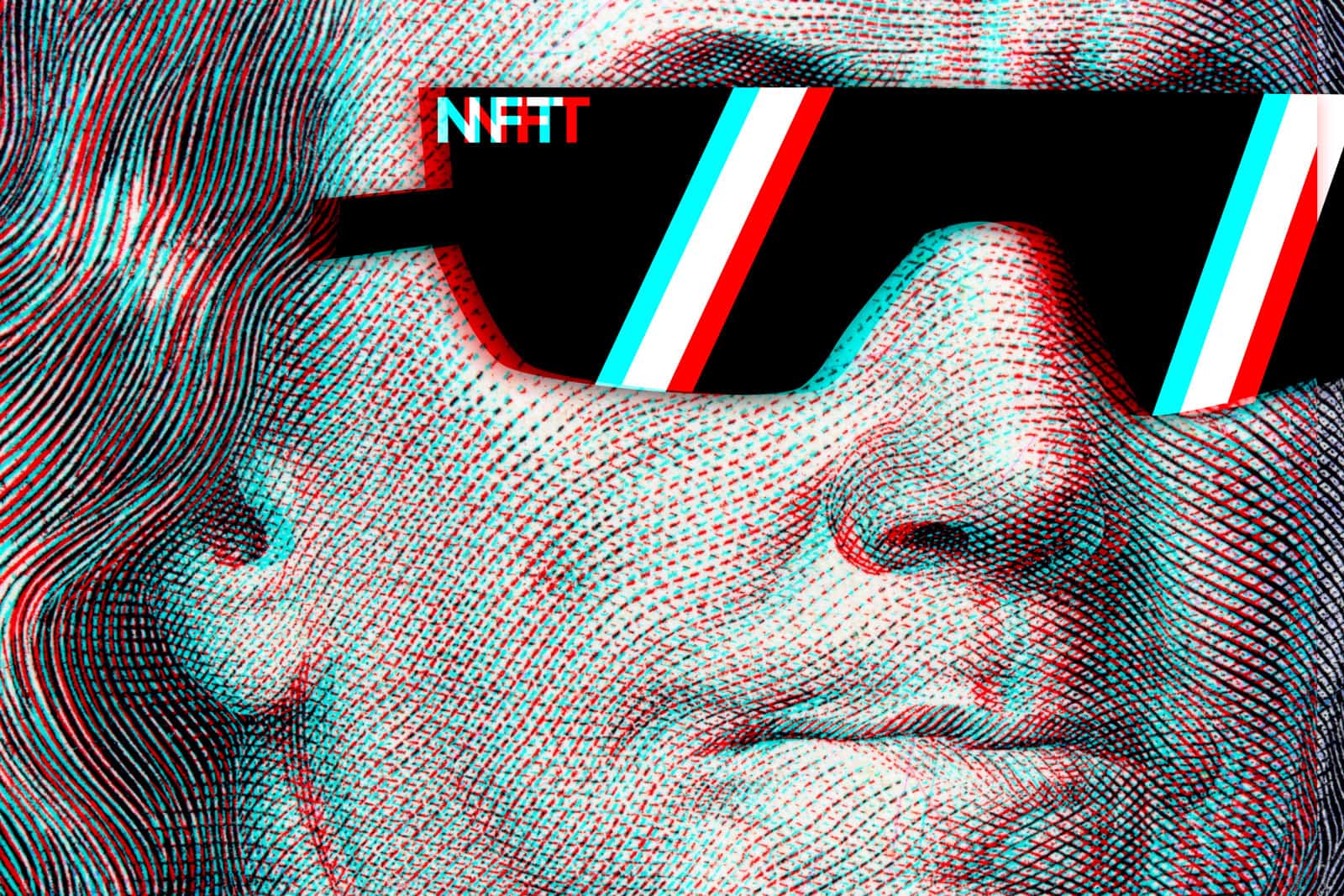
What's Real Anyway?
Sometimes, it’s hard to know what’s real anymore. In this ever-changing, hyper-paced world of fast food and artificial intelligence (AI), so much is fake that it’s easy to forget what is real. In a society where social media filters and Photoshop often distort reality, it can be challenging to discern authentic experiences from manufactured ones. We are constantly bombarded with illusions and fake art, making it increasingly difficult to determine what is genuine and what is fabricated. The quest for authenticity in a world entirely of artificiality is a constant struggle, requiring us to look beyond the surface and seek out genuine connections and moments of truth.
Amidst the sea of deceit and deception, it becomes crucial to hold onto our sense of reality and strive to find what is authentic in this digital age. That alone is enough reason to want to create genuine art, creations made by hand and shared with the work and tangible artworks.
Real Art For Real People
With all the hype about NFT artworks, it’s easy to see why some creators have become absorbed by selling their digital creations in their quest for a piece of the cryptocurrency pie.
NFT, an acronym for Non-Fungible Tokens, sounds sexy and cool. After all, it’s high-tech, and who doesn’t like living on the bleeding edge of what’s new and cool? I must admit that I, too, was curious for a moment and explored the possibility of offering a selection of my artworks as NFTs. I studied the digital NFT market for a couple of years, reading, watching, and learning about the possibilities and pitfalls of the crypto world.
 It didn’t take me long to conclude that AI-generated images are not art, and NFTs, while potentially sexy and cool, are not for me. Someday, maybe (doubtfully). But in my heart, my passion lies in making real art for real people. After all, I became an artist to create art – heirlooms to last a lifetime, borne of passion. That is my mission and purpose—not to bang out massive amounts of images disguised as art.
It didn’t take me long to conclude that AI-generated images are not art, and NFTs, while potentially sexy and cool, are not for me. Someday, maybe (doubtfully). But in my heart, my passion lies in making real art for real people. After all, I became an artist to create art – heirlooms to last a lifetime, borne of passion. That is my mission and purpose—not to bang out massive amounts of images disguised as art.
The Allure of NFT
NFTs have been making waves recently due to their ability to empower artists and content creators to monetize their work through the sale of unique NFT collections, fetching prices that can soar into the thousands, or even millions, of dollars. Non-Fungible Tokens, represent digital assets that are one-of-a-kind and unique, authenticated using blockchain technology.
The year 2021 witnessed an astonishing surge in NFT trading, amounting to an incredible $17 billion, marking a remarkable 21,000% increase from the previous year. This exponential growth in the NFT market has brought both opportunities and challenges for creators and investors alike. However, amidst this explosive growth, there has also been a surge in nefarious activities as the popularity of NFTs has attracted many scams and fraudulent schemes.
Participants in the NFT ecosystem must exercise caution, conduct thorough research, and verify the legitimacy of platforms and offerings to avoid becoming victims of scams.
These scams can cause you to lose your valuable NFTs or render them worthless in one fell swoop, leaving you frustrated and defeated. You may even end up buying NFTs that mysteriously disappear before you have a chance to turn a profit or enjoy the benefits of your investment (or the sale of). To protect yourself and your assets, it is crucial to remain vigilant and informed in this rapidly evolving digital landscape.
No One Cares About Your NFTs
 It seems the NFT boom has taken the digital world by storm, so it’s not surprising that scammers are working overtime to exploit this trend for their gain. Educating yourself about the red flags and common tactics scammers use in the NFT space is crucial for protecting your investments and personal information. Staying informed about the various NFT scams in the market can significantly enhance your ability to spot and avoid falling victim to fraudulent activities.
It seems the NFT boom has taken the digital world by storm, so it’s not surprising that scammers are working overtime to exploit this trend for their gain. Educating yourself about the red flags and common tactics scammers use in the NFT space is crucial for protecting your investments and personal information. Staying informed about the various NFT scams in the market can significantly enhance your ability to spot and avoid falling victim to fraudulent activities.
By understanding the modus operandi of these fraudulent schemes, you can make informed decisions and protect your valuable digital assets from exploitation.
Top 5 Common NFT Scams in 2024: Fake Projects, Pump & Dump, and Others
Hardly a day goes by now when I don’t get approached by an NFT scammer (and art scammers, too), either through emails or my social media (especially on X (formerly Twitter)). But rather than trying to explain all the scams, I gladly divert you to a much more knowledgeable article on the Cloudwards.net website, which explains the pitfalls of NFT dangers.
With the NFT boom, it’s no surprise that scammers are on the hunt for a payday. The good news is that knowing the most frequent NFT scams can help you stay a step ahead of fraudsters. Follow along as we explore the most common schemes you need to know about.
— Cloudwards.net Tweet
According to ClouCloudward’sicle, the most common NFT scams are as follows:
- RUG-PULL SCAMS — developers hype an NFT but pull out after receiving substantial funds from investors.
- PHISHING SCAMS — hackers use phishing to access your NFT account details. Scammers copy a trading platform and send NFT owners links to fraudulent websites.
- BIDDING SCAMS often occur when you sell your NFT. When you list your NFT, scammers may place the highest bid, making you want to sell to them. However, they can change the cryptocurrency for the bid without you knowing.
- PUMP-AND-DUMP SCHEMES — Fraudsters boost the price of an NFT by lying and spreading false information. Once the price rises, they quickly sell the NFT and vanish, leaving investors with useless assets.
- PLAGIARIZED NFTs—NFTs are designed to be unique digital tokens, but copying is rampant on many platforms. Recently, OpenSea revealed that more than 80% of NFTs created using its tool were fake. This means you could buy a copy of a real artist’s work. Once it becomes clear that it is fake, its value tanks.
And then there’s…
- NFT Giveaways or Airdrop Scams
- Investor Scams
- Customer Support Impersonation
- Social Media Impersonation
- Fake NFT Airdrops
- Fake Minting Websites
In Closing
The scams listed above are just a few directed at artists and potential NFT buyers. With NFT scams on the rise, it’s essential to do your homework before treading the world of Crypto, NFTs, and, for that matter, anything online. The goal of this post is not to discourage you from pursuing NFTs. While it’s not for me, it may be your perfect cup of tea — just proceed with extreme caution. In the Internet world of art, not everything is as it seems. A few minutes of searching online for “NFT scams” could save you a lot of frustration and maybe a lot of money, time, and your online reputation.
Best of success, art friends.
Scammers often exploit the high excitement and urgency surrounding significant NFT launches to exploit unsuspecting individuals. It is crucial to thoroughly verify the sources of information and authenticity before making any investments or commitments in the NFT space. Here are a few more articles to get you started.

TRUST, BUT VERIFY
When it Comes to Art, Provenance Matters
- About the Author
- Latest Posts
- More info
A.D. is an artist who started drawing at a young age. Throughout his life, he has worked with different creative tools in traditional and digital art and design. His art and writings have been showcased in various publications such as Airbrush Action Magazine, Airbrush Magazine, American Art Collector, Art & Beyond, Dream To Launch, Easyriders, Las Vegas City Life, Las Vegas Weekly, L’Vegue, ModelsMania, Quick Throttle, and The Ultimate Airbrush Handbook.



